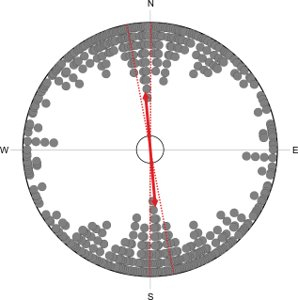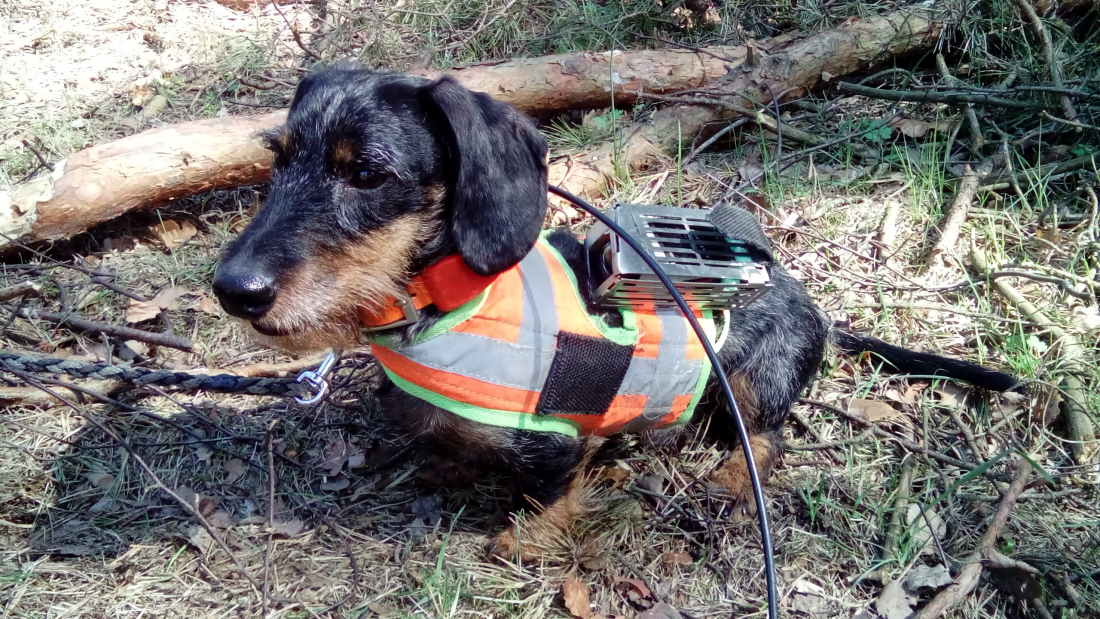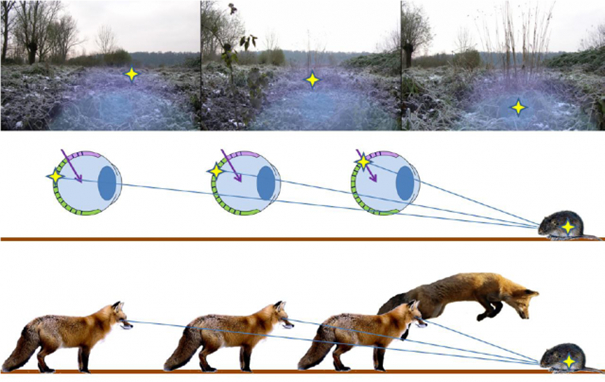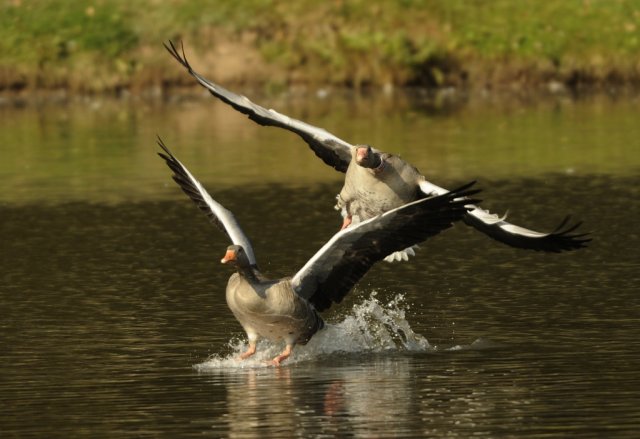Tools and methods for the study of magnetoreception
A more detailed study of the spatial orientation of dogs is made possible thanks to GPS collars, Astra or Alpha tracking devices and thanks to cameras that dogs wear on their vests. The data are then further processed by using Base Camp, Vibr Edit and Matlab programmes.
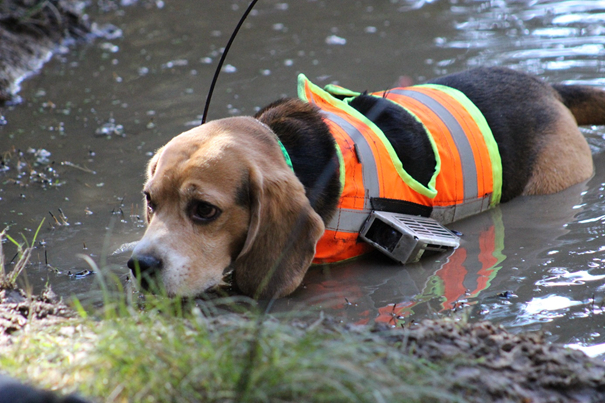

The team also monitors the effect of magnetoreception on the laterality of dogs. It has recently been proven that magnetic north attracts dogs and thus disrupts their laterality (lateral distinctiveness). A simple test was used to select a treat from two identical bowls placed in compass directions.
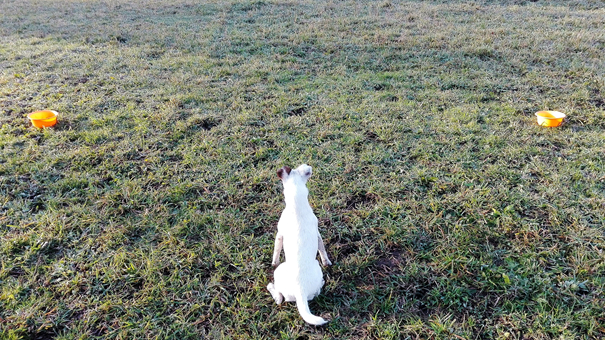
We also focus on magnetic alignment (spontaneous alignment of the body axis along the north-south magnetic axis) in african frogs (african dwarf frog), where the team observes how the african dwarf frogs align in a natural and shifted magnetic field.
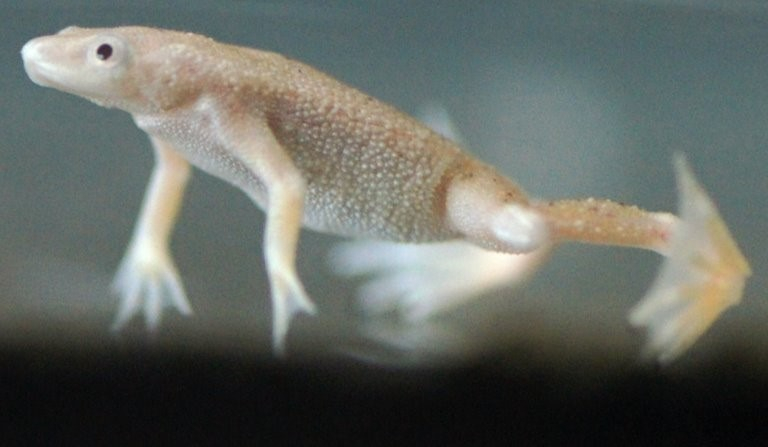
The most frequently used programme for the evaluation of this circular data, which are recorded in degrees (0 ° -360 °), is Oriana Kovach Computing 4.02.
